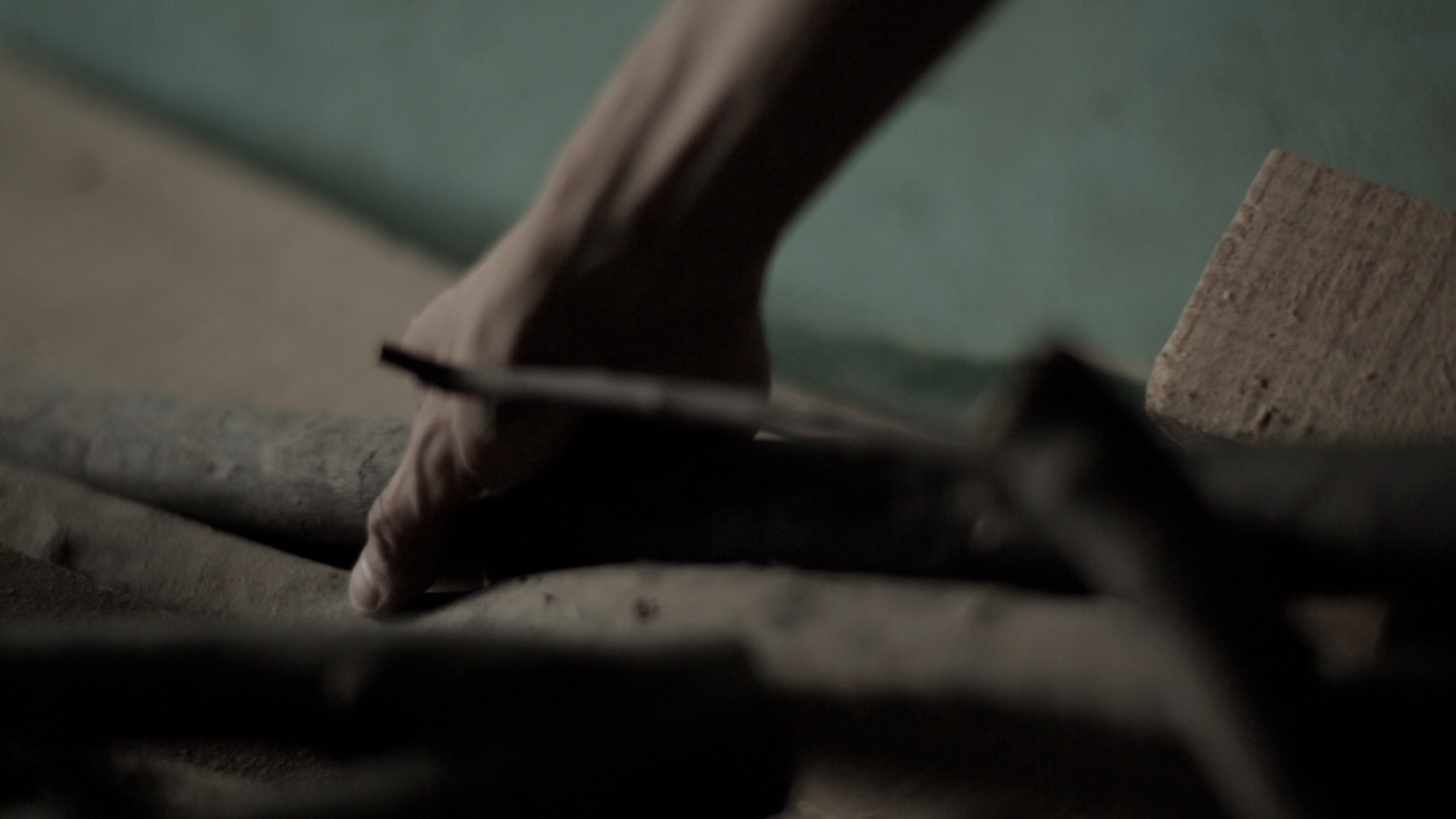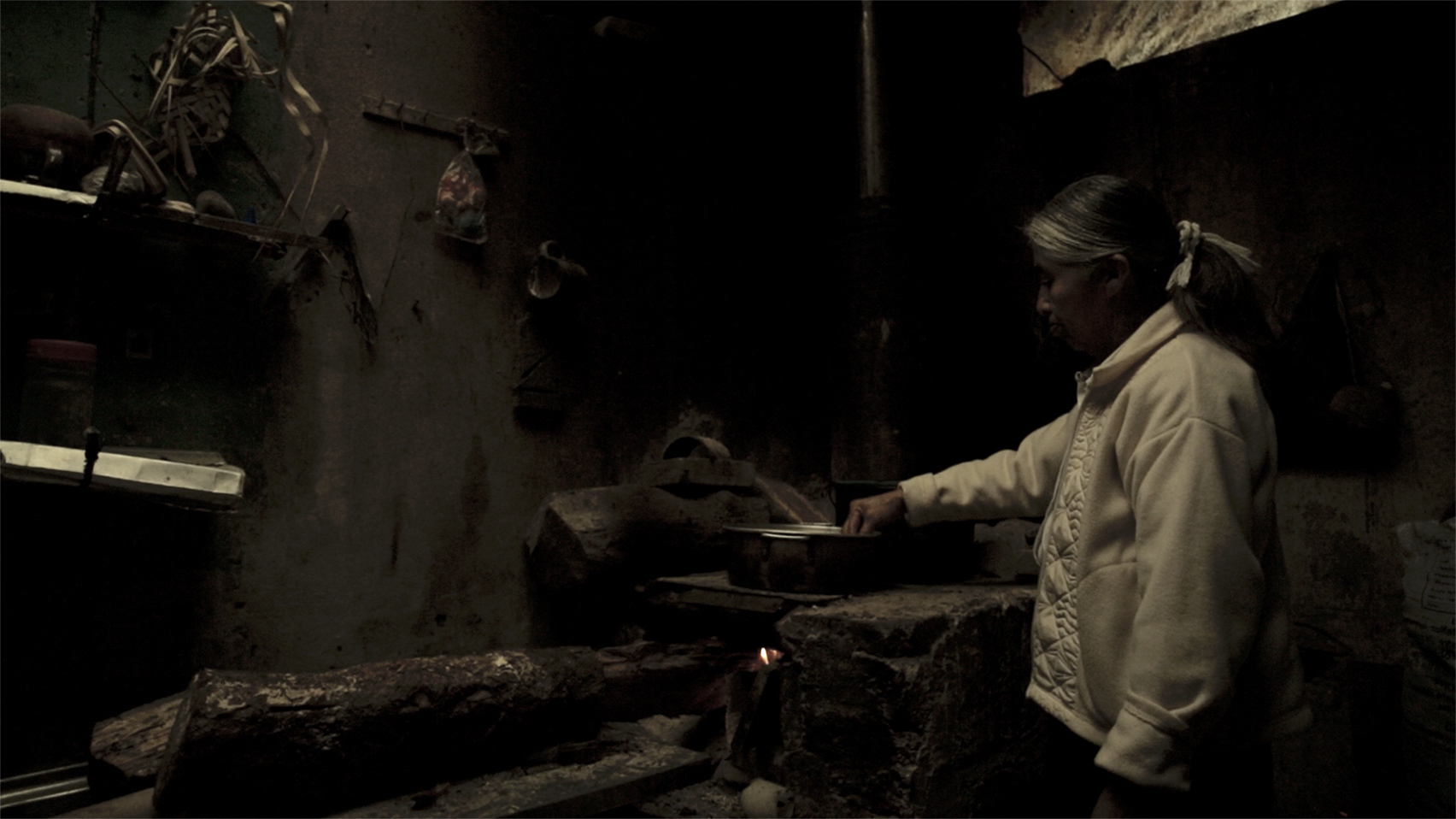New Year (January 1)
By Jessica Chilián
Photography by 1zoom.me
Reading Time: 5 minutes
It is the party that celebrates the beginning of a new year. The date on which this celebration takes place depends on the type of calendar used, and the most common is January 1, the Gregorian calendar, which was established by Pope Gregory XIII in 1582, and is used in most countries of the world. With the spread of Western culture to the rest of the world during the 20th century, January 1 became a universal date, even in countries with their own New Year celebrations.
Many of the agricultural societies that developed astronomy made calendars to measure days, months and years. Some, based on the lunar year, others based on the solar year. Although the number of days that make up the year does not change, there are no fixed rules to define the number of months and their respective days, nor are there any fixed rules to establish the beginning and end of the year.
The most exact calendars created by ancient man are attributed to the Mayas, Zapotecs and Aztecs, since the observations recorded by these cultures allowed them to make the necessary adjustments to compensate for the fractions of hours and seconds per day, arising from the degrees of variation in the speed of the rotation and inclination of the earth.
Among students of pre-Hispanic calendars, there are differences regarding the start dates of the cycle, the order of the component months, and the location of the five complementary days. However, they agree that these calendars were intimately linked to the holiday cycles that are in force today, of course adding variations resulting from syncretism.
Two calendars have reached us from Europe, the Julian and the Gregorian. The first was prepared by the Roman Emperor Julius Caesar and is the one that governs us today with twelve months of 30 and 31 days each, plus a leap year every 4 years. And that starts on January 1. The second was established by Pope Gregorian XIII in 1582; it differs in the computation of leap years and the number of days in months.
In Mexico the new year is celebrated with a diversity of beliefs that link us with other world cultures and rituals that keep us united to our past. Whether at a massive party with a fireworks and music show, at home with the whole family, or on a beautiful beach with your partner or friends, what is most enjoyed on this date is the warmth that characterizes Mexicans, the ease of hugging and sharing. Fireworks, bells flying, grapes, family dinner, sparkling wine, hugs and music make up the scene of a common New Year’s celebration in the big cities of Mexico.
Among the rituals from different cultures of the world, which we acquire to celebrate, it is very common that at the time the countdown begins to welcome the New Year, 12 grapes are consumed, representing 12 wishes; that lentils are scattered around the door, as a symbol of abundance; he sweeps himself out of the house, longing for everything bad from the previous year to come out of it, or for him to go for a walk around the block or the house with suitcases so that there is no shortage of trips in the year.
Of course, you cannot miss the “reheated” o “recalentado”, a tradition deeply rooted throughout Mexico, according to the generous character of the Mexican and also to the delicious national cuisine, which consists of sharing what was left of the dinner the next morning with the same u other guests. It is claimed that the reheated is tastier than the dinner itself.
However, in Mexico there are still other rituals whose origins date back to the pre-Hispanic period. The various cultures that inhabited what is now the Mexican territory also celebrated the end of one cycle and the beginning of another, which did not necessarily have the duration of the current year. And although each of them had its own calendars and rituals, in general they shared some fundamental concepts and elements.
The Mayans, Aztecs and other cultures conceived of time in a very different way from today, for them, time was not linear, but cyclical. That is, every certain period, the most important events were repeated, such as the seasons and the movements of the stars, periods of war, the dreaded years of drought or floods. That is why the ancient Mexicans were great observers of nature and even had various calendars, such as the religious and the agricultural, which determined all the activities of each sector of society, from planting to the most propitious moments of doing the planting. war.
The merging of its various calendars generated a “total calendar”, spanning a large number of years. For example, for the Aztecs, every 52 years there was a change of era called the “binding of the years” or the “New Fire.” For the Mayans, every 20 years was a katun, and every 20 katuns marked a new era or Baktun. Both the Mayans and the Aztecs performed very solemn ceremonies, rituals and sacrifices to thank the gods for the beginning of a new era. Fire was a fundamental part of all of them, since for pre-Hispanic cultures, fire is the purifying element par excellence.
And it is precisely these two elements, fire and observation of the natural environment, which have survived in the celebration of the New Year among the populations of Mexico, some festivals that take place throughout the territory are:
The lighting of “lumbradas” every January 1 in various regions of Mexico, such as Ixmiquilpan, Hidalgo the main Hñahñú or Otomí social nucleus of the Mezquital Valley. Each of the 50 indigenous neighborhoods of Ixmiquilpan lights a bonfire in the crenellated atrium of the former Augustinian convent of San Miguel Arcangel.
The Totonacos of Veracruz perform a ritual called “Tawilate” in which the community healers participate and the offering of chicken blood, tamales, bread and flowers to the ancient gods to ask for the needs of the community, agriculture and their settlers.
In Oaxaca, the young Zoques dress up as “huehues” (old men) and “burn” the old year and then go to celebrate in a group in the houses of the community. In other towns, the old people use rockets to light up the sky and observe it carefully as the new year arrives. This way they will be able to know if it will be a year of rains or droughts.
Many indigenous peoples keep their own count of years and celebrate their “new year” on different dates, such as the Seris in the Sonoran Desert in northern Mexico, who celebrate it on June 30 and July 1. Likewise, in Santiago Tuxtla, Veracruz, the Mesoamerican New Year is celebrated on the first Friday of March through a ritual ceremony of offering to the Sun.
The New Year’s party for several indigenous groups is of the utmost importance, as ceremonies are carried out for the change of powers, rods or baton. The rod or cane is the symbol of the power of the indigenous civil authorities. The Huichols of Jalisco and Nayarit perform numerous rituals, which last for six days, to commemorate the renewal of powers. Among the Tzotziles and Tzeltales of Chiapas, cane change or “Cambio de Baston” is carried out by the civil and religious authorities of the town. The Zapotecs of the Isthmus celebrate their candles, “calendas” and fruit spreads in the different towns that make up this region of our country.
Today, the New Year’s celebration is one of the main celebrations in the world. Large events are held in the main cities during New Year’s Eve (New Year’s Eve corresponding to December 31), being accompanied by the largest fireworks events. Some of the largest events in the world are centered in Sydney, Valparaíso, Hong Kong, London, New York, São Paulo, Bogotá, Medellín and Rio de Janeiro.

